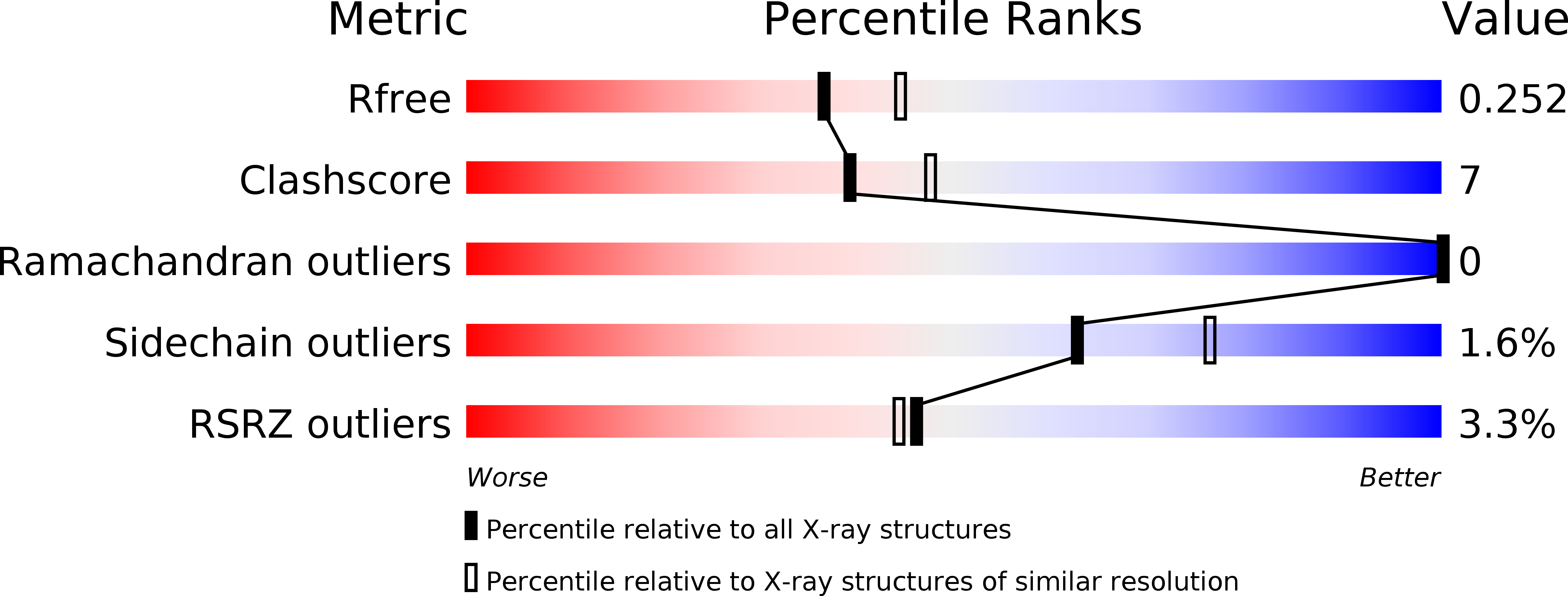
Deposition Date
2000-12-27
Release Date
2001-01-10
Last Version Date
2023-08-09
Method Details:
Experimental Method:
Resolution:
2.20 Å
R-Value Free:
0.25
R-Value Work:
0.19
R-Value Observed:
0.19
Space Group:
P 1


